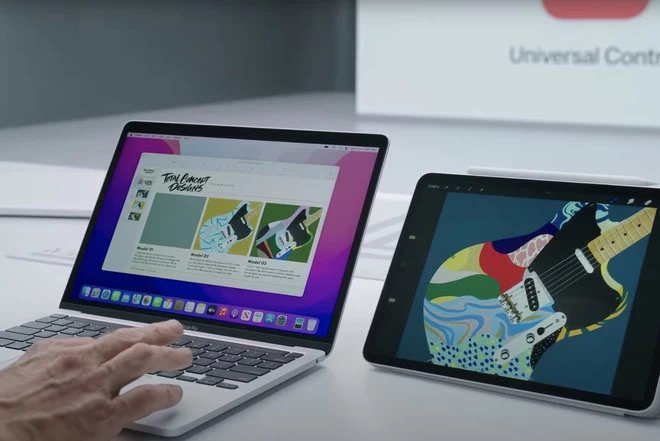

Here’s the complete list of Macs that are compatible with the feature:Īlso, to use Universal Control, you must have at least one Mac in the mix, meaning that it won’t work with two iPads only, but it will work with just two Macs. Also, although I’ve been using just two devices, Universal Control supports a total of three. In fact, Universal Control runs on some Intel Macs too. Both are M1-based computers, but that’s not a requirement. I’ve been using Universal Control since beta 1 with an M1 MacBook Air connected to an LG display and my latest-generation iPad Pro. There’s enough friction with drag and drop between devices that I often resort to AirDrop instead. It’s this somewhat cumbersome setup that led to my suggestion that Apple implement a shelf app or similar OS feature on AppStories+ recently. Going the other direction, you’ll need Files or another app that can accept what you are dragging to be open. That’s easiest when going from the iPad to the Mac, where you can always drop a file onto the Mac’s Desktop. Images, text, files, and even URLs all work, but, of course, you must be dragging to a destination that can accept that content. You can also drag and drop content from one computer to the other. Once activated, you can unpair devices using the Displays menu bar item. Once your pointer makes it to its new destination, you can control your apps just as you would with any connected pointing device and keyboard. It’s a neat effect that is especially helpful in understanding what is happening the first few times you use the feature. As you do so, there’s an animation that makes it appear as though the pointer is pushing through a membrane as it transforms its shape to match the device on which it’s running. With Universal Control, you can push your pointer from one screen to the other. As someone who has used keyboards and mice from Logitech that support connections to multiple devices but rely on pressing buttons to switch between them, I can tell you, Universal Control is a vastly better solution.

Unlike Sidecar where your iPad becomes a second display for a Mac, with Universal Control, your iPad continues to operate as an iPad, but with a single set of input devices for both it and your Mac. Universal Control, which is still considered a beta, lets you use the same trackpad, mouse, and keyboard with multiple Macs and iPads, moving seamlessly from one to the other.

I’m pleased to report that the feature hasn’t disappointed me and has quickly found a place as part of my core computing setup. Second, I’ve been fascinated by the possibilities created by Universal Control since it was announced at WWDC last year. First, Shortcuts has been steadily improving ever since Monterey’s fall introduction, so I wanted to stay on top of those improvements in real-time. I’ve been using macOS 12.3 as my daily OS throughout the current beta cycle for a couple of reasons.

In addition to Universal Control, macOS 12.3 includes other smaller features, which I’ll cover at the end of this story. Federico is covering the feature from the perspective of iPadOS 15.4, so I’ll focus on the Mac. MacOS 12.3 Monterey has arrived, delivering Universal Control, the long-awaited feature that allows users to transition between Macs and iPads with a single set of input devices.


 0 kommentar(er)
0 kommentar(er)
